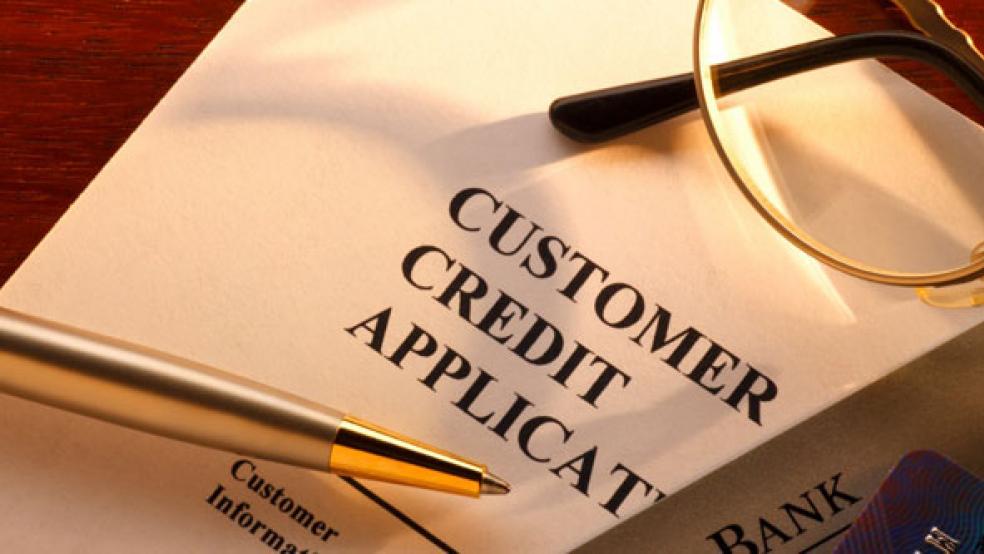Despite a stubbornly high unemployment rate, there are signs that consumers are doing a better job of paying their bills. Bank card delinquencies dropped in the first quarter — dipping below 4 percent for the first time since 2002 — and home equity loan delinquencies fell for the first time in two years. According to a report by the American Bankers Association released Wednesday, some stability is returning to the housing market as the economy improves.
“It’s clear that consumer balance sheets are improving,” said ABA chief economist James Chessen. “People are borrowing less, saving more and building wealth. These are all positive signs.”
But uncertainty remains. A still rocky housing market, an unemployment rate of 9.5 percent, and a paltry 0.2 percent increase in consumer spending in May fueled doubts about a strong recovery in the second quarter. “This is the first inkling that stability is taking hold in the housing market, but the pace of recovery will still be long and drawn out,” Chessen said.
In addition to paying off more bills, Americans are also uncertain about taking on new debt. On Thursday, the Federal Reserve said consumer borrowing fell in May by $9.1 billion, meaning that consumers borrowed less on credit cards and took out fewer auto loans. Credit card borrowing has fallen for 20 straight months. Experts say two factors drove the improved picture in the first quarter: tougher standards for obtaining credit, and a somewhat improved outlook for employment.
“We are just at a point where people aren’t getting jobs but we are through the worst of the job destruction phase” of the recent recession, said Mark Calabria, director of financial regulation studies at the Cato Institute, a conservative-leaning think tank, noting that people with jobs tend to do their best to meet debt obligations.
The credit profile of borrowers is changing, says Karen Dynan of the Brookings Institution, a liberal think tank. The riskiest households, which had been driving delinquency rates at the height of the financial crisis, are no longer part of the pool because their debt has been written off. New borrowers can meet tighter lending standards.
Consumer loan delinquencies are moving in the right direction, consistent with weak recovery, says Charles Murray, CEO of the American Institute for Economic Research.
The ABA’s Chessen notes that over the last three quarters delinquencies in other consumer loans, including auto, personal, and property improvement, also declined. The ABA defines a delinquency as a late payment that is 30 days or more overdue. “Banks are following a prudent approach to new loans because the on-again, off-again economy is keeping risk high,” Chessen said. But not all of the data from the report was positive. Marine, mobile home and RV loan all showed delinquency jumps.
The ABA report was released the same day as a separate report from the Mortgage Bankers Association that mortgage applications rose nearly 7 percent from a week earlier, although most were for refinancing fueled by historically low rates. At the same time, there was another report that mortgage loan delinquencies were rising.
Ruth Susswein, deputy director of national priorities for the consumer advocacy group Consumer Action, remains wary. “It’s good for consumers if they are able to pay their bills each month given that the economy isn’t doing well and jobs are scarce,” she said. “There is also word that people are still struggling with mortgages, foreclosures are rising. We have a long way to go to make sure families are okay.”
The Associated Press contributed to this report.





